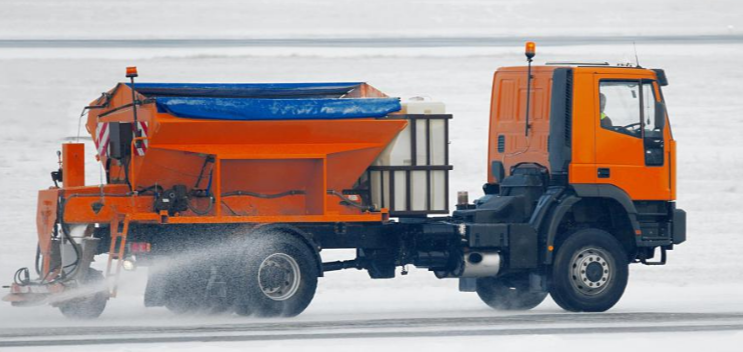Salting Roads and Highways Spikes Salinity of North American Lakes
What does road salt have to do with our lakes across North America? The simple answer is: plenty.
As we strive for ice-free roads in winter, it’s directly impacting North American lakes. Now, 44 percent of freshwater lakes in the U.S. Midwest and Northeast are becoming saltier. That in turn threatens drinking water, fisheries, recreation, irrigation, and important aquatic habitats.
A new study just published ay in the Proceedings of the National Academy of Sciences, has attributed the “long-term salinization” of these lakes to the increasing use of road salt after snow and ice storms.
So how much salt? Each year, transportation departments spread 23 million metric tons of sodium chloride-based de-icer on U.S. and Canadian highways and streets.
And get this: The scientists found that if just 1 percent of the area around a lake was comprised where salt might be applied, “the water was extremely likely to have high levels of salt.”
The study examines 371 freshwater lakes across the U.S. and Canada, all at least 10 acres large and with a decade of recorded chloride data. The report noted: “By extrapolating their findings, they concluded that some 7,770 lakes in the North American Lakes Region — which stretches from Maine to Minnesota — could be at risk of rising salinity levels.”
At this pace, many northern U.S. lakes could surpass Environmental Protection Agency-recommended levels of chloride in just 50 years.
Category: General Update, Green











